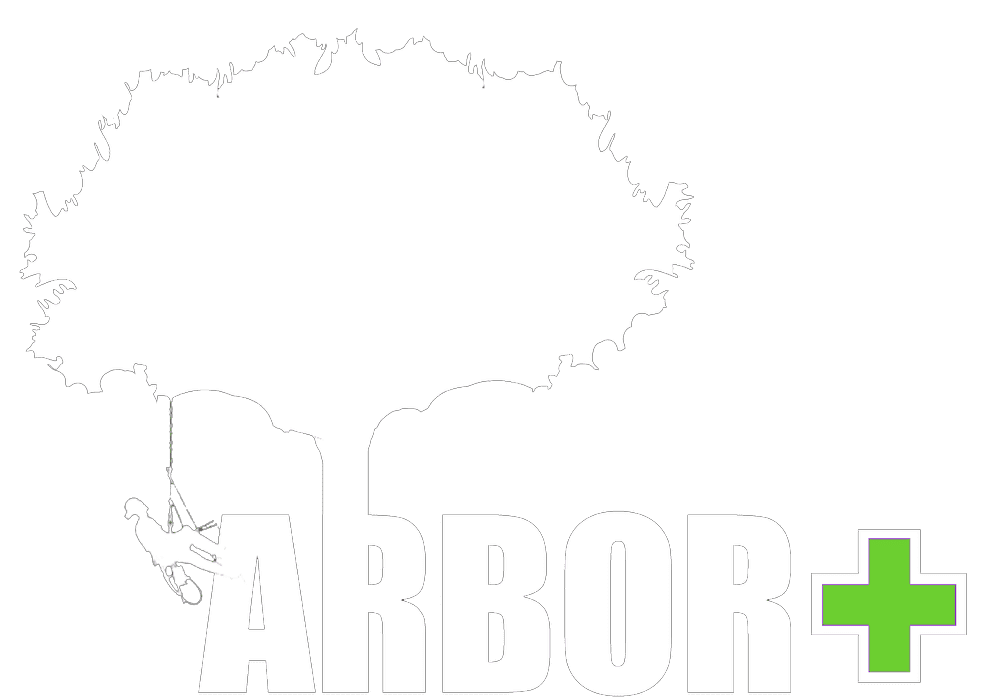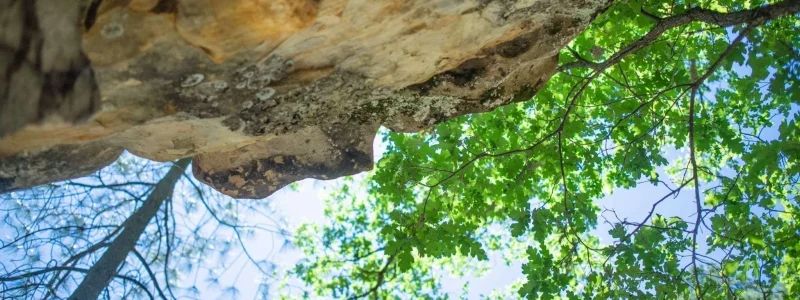Surviving The Heat
Utah’s hot and dry summer climate is a challenge for many residents and can also affect our trees. As we prepare for July and August, our hottest months, tree owners should look for signs that our trees are stressing out in the bright sunshine.
What Causes Heat Stress?
Trees rely on water to support their growth and keep them cool. In summer, trees face two water related issues that can cause them to overheat. The first issue is a lack of rainfall, which means the tree must survive with less water in the soil.
At the same time, in higher temperatures, the demand for water increases. Just as our bodies sweat in higher temperatures to keep us cool, leaves release water into the air through transpiration. When temperatures rise above 85°F, twice as much water is released through the leaves in an attempt to cool off.
Symptoms
When your tree experiences moisture stress, it may exhibit leaf scorch, curled leaves, early fall coloration, defoliation, twig dieback, and temporary wilting. The earliest signs can be seen when summer temperatures rise. Look for yellowing between leaf veins and along leaf margins, and a browning on the tips of your tree’s leaves. Leaves may curl and wither if scorching becomes more advanced.
Your tree may also become more susceptible to pest and disease attacks.
Other Concerns
Your tree may experience a harder time adapting to the heat if it’s placed in an unfavorable area. Buildings can reflect heat to one side of the tree. Paved areas near the tree may obstruct the root system. Salt from roads may injure your tree’s root system.
Prevention
When dry weather conditions persist, your mature trees should be given a deep watering every 10 to 14 days. Newly transplanted trees should be watered every 7 to 10 days. A long, slow sprinkle is best.
Three to four inches of organic mulch, such as woodchips, leaf mold, or bark can help conserve soil moisture in the area where your tree is planted.
Fertilize your trees in early spring or late fall, after the leaves have fallen. Avoid applying fertilizer during the summer months when soil is dry.
Prune dead, diseased, or crossing branches to limit the amount of foliage the root system is working to support.
Treatment
It can be hard to tell the difference between heat scorch and other conditions. Bacterial leaf scorch, damaged roots, or chemical exposure may look very similar to heat stress. If you have any concerns about how your trees are faring this summer, give us a call and we’ll send one of our arborists out to take a look.
While it’s usually too late to save the leaves on your tree once they’ve turned brown, there are therapeutic treatments we can apply to increase your tree’s overall health and reduce its challenges in the future.

